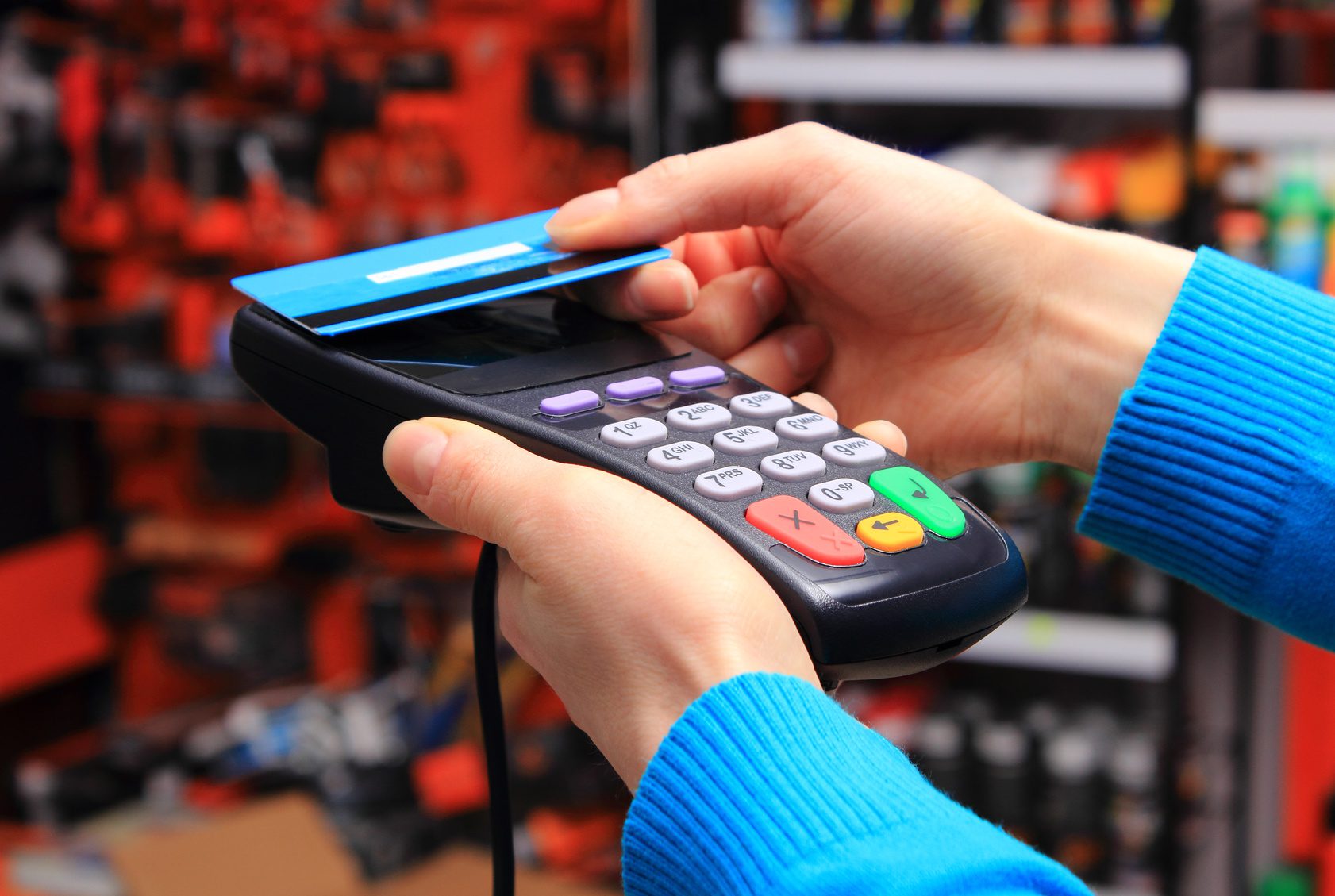Last week, I bought a new wallet-a fancy leather one with an RFID shield. Purchasing a new wallet is probably an event that you do a dozen times in your life; there is no reason that a nice billfold should last less than 6 or 8 years. My purchase was an impulse buy at Macy’s. I figured that I was soon to get a contactless card for one of my 3 Chase accounts, so I might as well get ready. Once Chase rolls out the product others will surely follow. I do not want to be person 99,999,999 in line on Chase’s promise to bring 100 million contactless cards to market.
I am technology savvy and work in the business, so the thought of adding a few bucks to upgrade to a nice leather wallet with a Faraday Cage made sense, even if I did have to deal with my wife asking me why I bought a new wallet when the other one was in perfect shape. My answer would be “technology,” and that would be it.
Last week I traveled to Mercator’s office in Boston for four days, and I left with my new wallet in my back right pocket. Although I do not have an NFC card, I felt empowered that once Chase sends me my NFC card that I will be ready. As I go through the TSA precheck line, I get an annoying signal at the security scanner in Tampa, Florida which requires me to go for a pat-down. TSA tells me it is the wallet and that it happens all the time. I now have to separate my self from my wallet and put it through the scanner, even though I have had my TSA Pre-check status from day one. That sends an adrenaline rush. I don’t carry cash and don’t like having my wallet separated from my body for one moment. Annoyed people look at me as a novice who slowed down the line, but I ignore it because I am a Delta Million-Miler.
Which brings us to a story in today’s Payment Source, where the writer mentions:
- JPMorgan Chase, Capital One, Citigroup, Pentagon Federal Credit Unionand a handful of others have pumped more than 100 million contactless credit and debit cards into the U.S. market recently, but it’s a drop in the bucket in the world’s largest card
- The goal, as always, is to create a faster and more convenient alternative to cash at the point of sale. Contactless cards also give merchants more justification for buying the NFC-enabled terminals necessary for Apple Pay and GooglePay — but may not shift consumer habits enough to convince consumers to start tapping their phones for payment.
- Based on the fact that most cards in circulation have a lifespan of three to five years, Vanderhoof estimates it will be about two more years before 50 percent of U.S. payment cards are equipped with NFC technology. It could take five years altogether to complete the U.S. contactless migration, analysts predict.
Some markets are aggressively adopting NFC.
- In Canada, the U.K. and Australia, contactless payments took hold several years ago; NFC now accounts for more than half of all U.K. transactionsand the vast majority of low-ticket purchases because of the format’s speed and convenience.
- Visaadmits that contactless cards are an improvement over contact-only EMV cards that seem to take longer to process at payment terminals than the older, fraud-prone magnetic-stripe cards. The card networks pushed the U.S. to adopt EMV by implementing a fraud liability shift in late 2015.
- “With EMV, it’s not a swipe. It’s inserting a card in the terminal, and while the chip has solved a lot of security problems in pre-breach environments, it’s introduced more friction at the POS,” said Dan Sanford, Visa’s vice president of consumer products and head of global contactless payments.
I’ve been in the credit card business, one way or another, for more than 40 years. I try just about every new device or feature, or at least observe people. I get credit cards as a hobby, sometimes only to see how the issuer operates. Behind you in the supermarket, I will likely look over your shoulder to see how you plan to pay. I was one of the first to do an Apple Pay AND Samsung Pay transaction but only did one on each because I did not experience the “oh, WOW” that I expected.
So, the new wallet goes into the junk drawer, and I am back to my original billfold. Even if I save a full second at the point of sale, and use my card 15 times a week, I am still better off to keep the old wallet if I travel once or twice a month on a net-time saved basis.
The shift from Mag Stripe swipe to EMV dip made sense for security reasons. We’ll have to wait and see about the wave. It is novel but I am certain I am not the only one in the “so- what” zone.
Overview by Brian Riley, Director, Credit Advisory Service at Mercator Advisory Group










